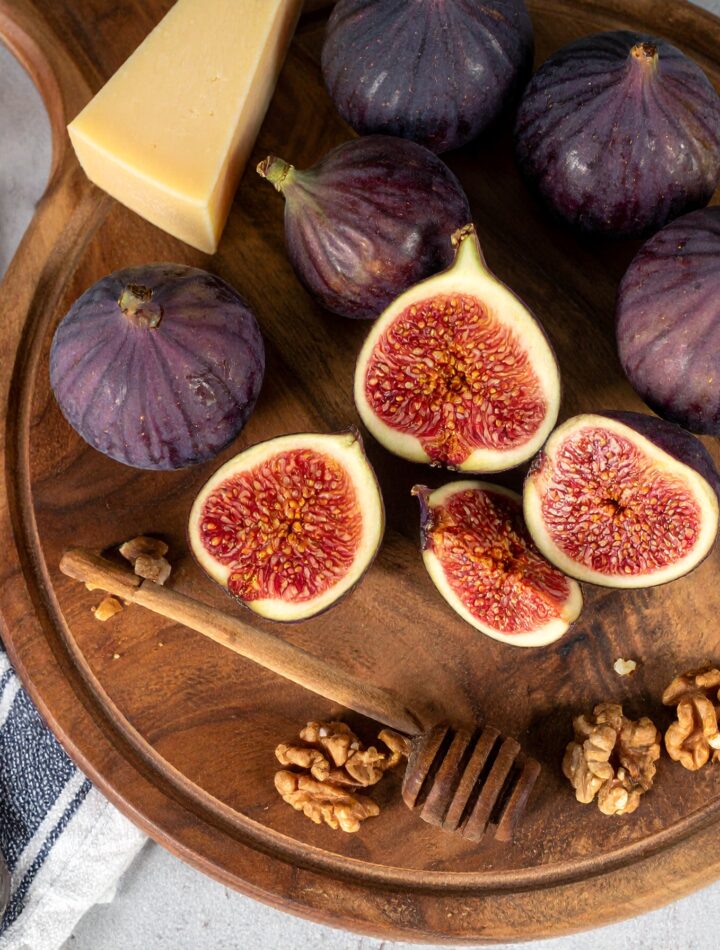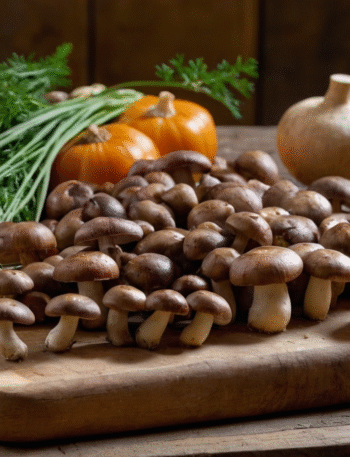Long before apples tempted Eve or tomatoes made their way into sauces, there were figs — humble, ancient, and quietly extraordinary. Cultivated for more than 11,000 years, figs are believed to be one of the very first plants ever farmed by humans. Their roots run deep in both history and symbolism, carrying stories that span continents, cultures, and centuries.
I’ve always found figs fascinating — not just for their honey-sweet flavor and velvety texture, but for the mystery and meaning they’ve carried through time. From sacred rituals to science labs, these little fruits have done it all.
So if you thought figs were just a pretty topping on toast, think again. Here are 5 surprising facts about figs that prove they’re far more than just a snack — they’re sacred, symbolic, and scientifically stunning.
1. Figs Were Likely the First Domesticated Crop

One of the most astonishing facts about figs is their ancient domestication. Move over wheat. Archeologists in the Jordan Valley discovered evidence that figs may have been domesticated 1,000 years before any grain. Fossilized figs dating back to 9400 BC suggest that humans were cultivating them in settlements before the invention of pottery or the wheel.
Why it matters: This positions figs not only as one of the oldest known fruits but as a foundational part of early human society and agriculture — a standout among the facts about figs.
Culinary Tip: Fresh figs are best in season (summer to early fall). Enjoy them raw, roasted, or sliced over yogurt with honey.
2. Figs Aren’t Technically Fruits — They’re Inverted Flowers

Here’s one of the most surprising facts about figs: they’re not technically fruits. What we call a fig is actually a syconium — a cluster of many tiny flowers enclosed within a pod. These internal flowers are what develop into the crunchy seeds we love.
Fun fact: Since they bloom inwardly, figs rely on a symbiotic relationship with fig wasps to pollinate them — a process that’s as wild as it sounds.
Why it matters: It’s a beautiful reminder of nature’s complexity — and it gives new appreciation for every bite. This biological twist is one of the lesser-known facts about figs that makes them all the more fascinating.
3. Figs Were Sacred in Ancient Cultures
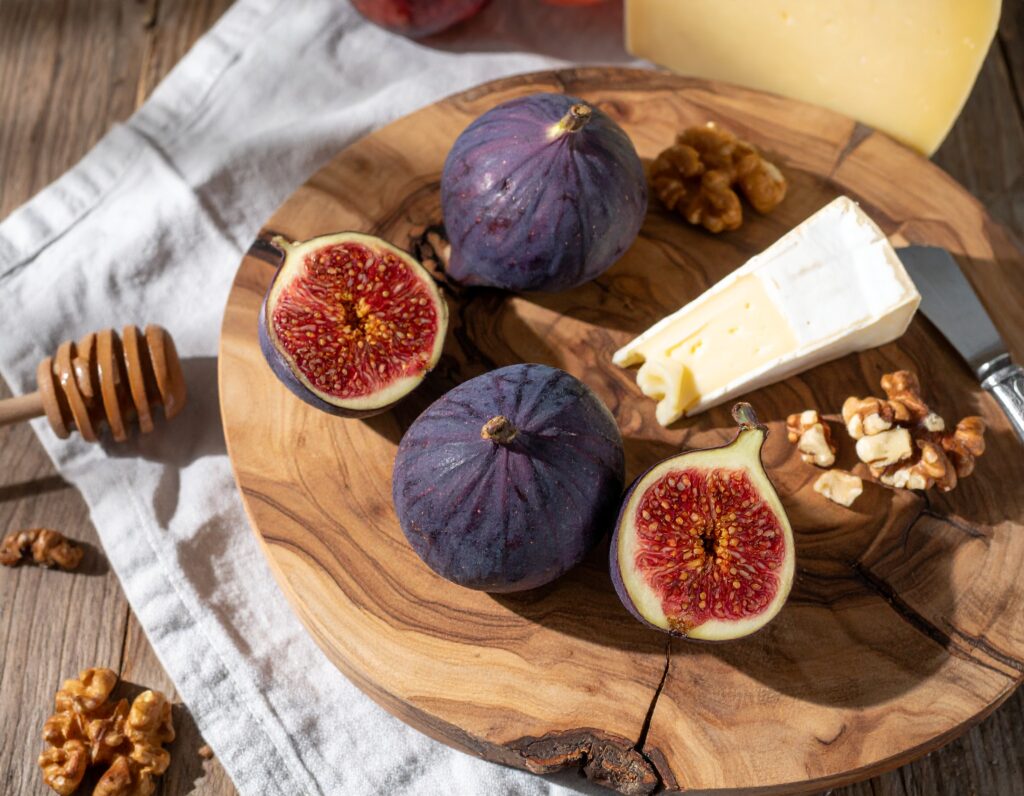
Among the most meaningful facts about figs is their sacred symbolism in ancient civilizations. Figs were more than food in ancient times. They were symbols of fertility, abundance, and knowledge. In ancient Egypt, figs were buried with pharaohs. In ancient Greece, they were sacred to Dionysus, god of wine. And in Hinduism, the Bodhi tree (a type of fig) is where the Buddha attained enlightenment.
Why it matters: Few fruits have such rich cultural roots. When you eat a fig, you’re tasting mythology. These spiritual and ceremonial roles are central to many facts about figs.
Try this: Make a fig and goat cheese crostini drizzled with balsamic glaze for a dish worthy of royalty.
4. Figs Are Naturally Rich in Calcium, Fiber, and Antioxidants
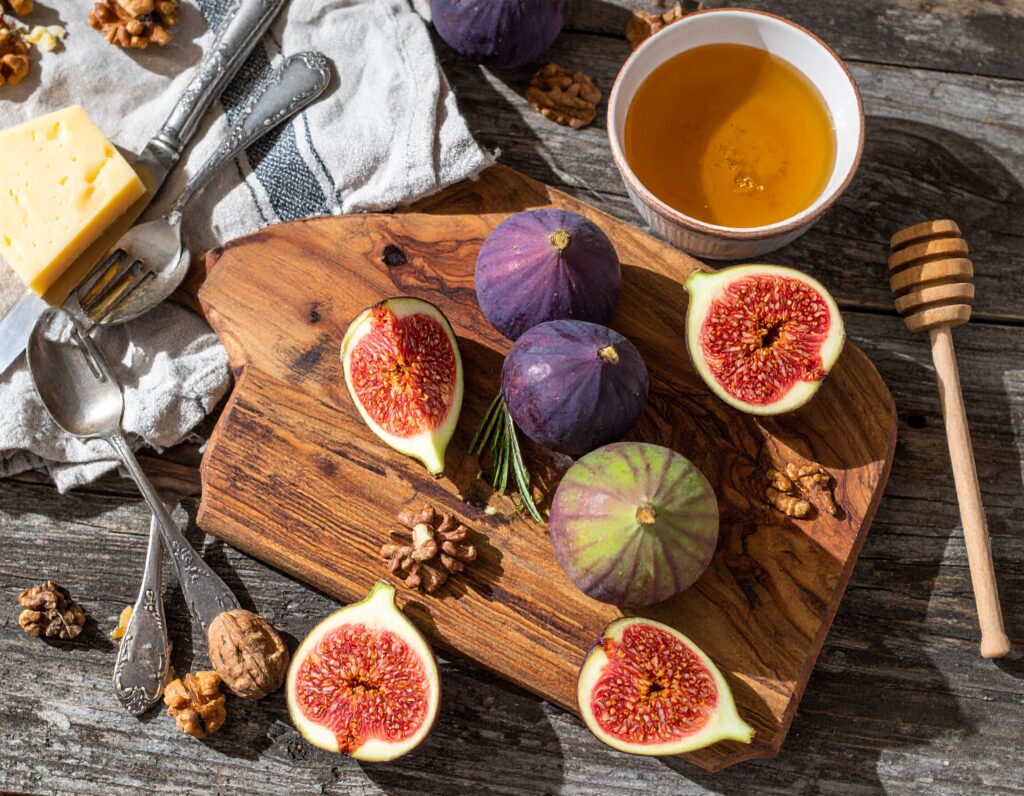
Another one of the top facts about figs is their impressive nutritional profile. Don’t let the sweetness fool you — figs are nutritional powerhouses. They’re naturally rich in dietary fiber, helping with digestion. They contain more calcium than most fruits and pack polyphenols (antioxidants) that fight inflammation.
Nutrition Tip: One serving of dried figs offers about 5 grams of fiber and nearly as much calcium as a glass of milk — with none of the dairy.
Try this: Add chopped dried figs to salads, oatmeal, or baked goods for a sweet fiber boost. Among the many facts about figs, their health benefits might just be the tastiest.
5. There Are Over 700 Varieties of Figs Grown Around the World
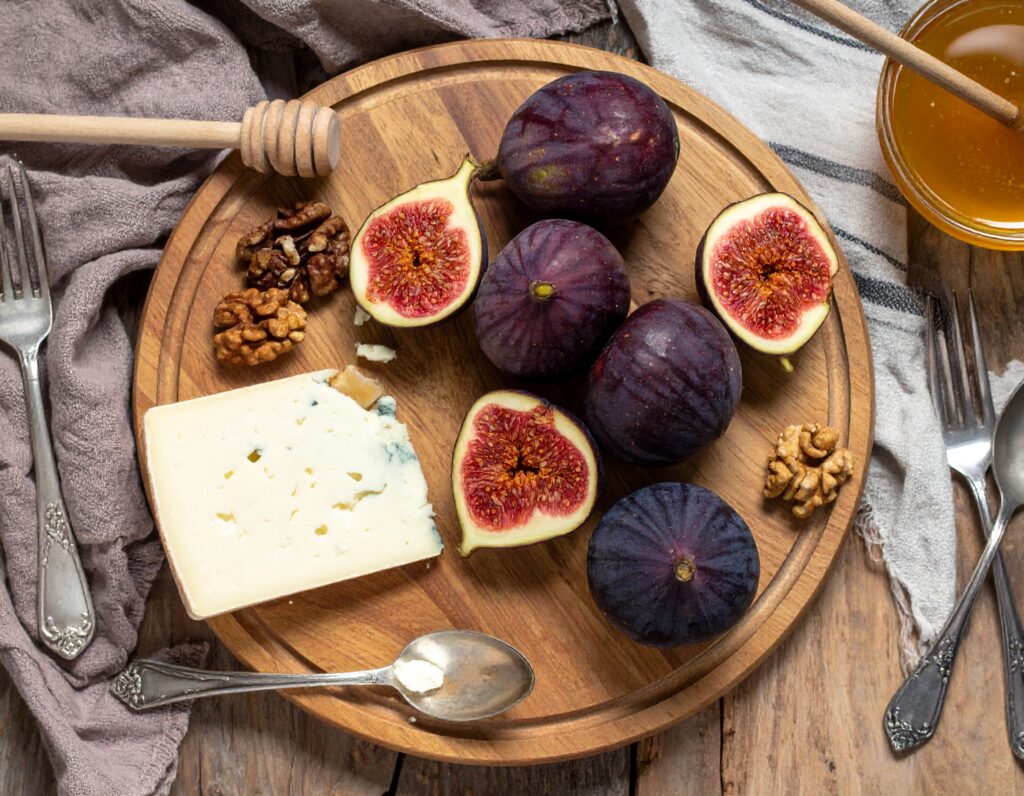
One of the juiciest facts about figs is the incredible diversity of varieties — over 700 of them grown globally. From the popular Black Mission and Brown Turkey to Adriatic, Kadota, and Calimyrna, each type of fig varies in flavor, texture, and color.
Why it matters: Different figs work better in different recipes. Black Mission is deep and jammy, ideal for desserts. Calimyrna is nuttier and great with cheese. Adriatic figs are pale and candy-sweet — perfect for snacking. Knowing the variety is one of the most useful facts about figs for any home cook.
Kitchen Tip: Buy figs that are soft but not mushy. Store them in the fridge and eat within 1–2 days of purchase for peak flavor.
🔗 Related Article
Explore 5 Surprising Ways to Use Olive Oil in Cooking and discover another Mediterranean staple in unexpected ways.
🌐 External Resource – Fig-Lovers Essentials
Fresh Fig Tree Starter Plant
Organic Dried Figs – Turkish Style
Fig Preserves for Cheese Boards
❓ FAQ – Facts About Figs
1. What are some surprising facts about figs?
Figs aren’t technically fruits — they’re inverted flowers. They were likely the first domesticated crop and are pollinated by fig wasps, making them one of the most unique foods in the world.
2. Are figs good for you?
Yes! One of the best facts about figs is their nutritional value — they’re packed with fiber, calcium, and antioxidants that support digestion, bone health, and inflammation control.
3. How many varieties of figs exist?
There are over 700 varieties of figs worldwide, each with distinct flavors and uses — one of the most delicious facts about figs for culinary enthusiasts.
4. Do figs have any historical or cultural significance?
Absolutely. Figs were sacred in ancient Egypt, Greece, and India. They symbolized fertility, knowledge, and enlightenment — all significant facts about figs in mythology and religion.
5. Are fresh figs better than dried figs?
Both offer different benefits. Fresh figs are juicy and delicate, while dried figs are more concentrated in nutrients. A fun fact about figs is how versatile they are in both forms.
6. Can people with dairy intolerance benefit from figs?
Yes. Figs are a great non-dairy source of calcium, making them ideal for those avoiding milk. It’s one of the healthiest facts about figs.
7. When is fig season?
Fig season runs from late summer to early fall in most regions. Fresh figs are best enjoyed during this time — a helpful seasonal fact about figs.
8. Are figs considered part of the Mediterranean diet?
Yes, figs are a staple in Mediterranean cuisine due to their nutritional benefits and historical roots. One of the cultural facts about figs is their popularity in this heart-healthy diet.
9. Do all figs require wasp pollination?
Not all. Some commercial fig varieties are self-pollinating. But the wild types often rely on fig wasps, which is one of the wildest facts about figs.
10. How should I store fresh figs?
Store fresh figs in the refrigerator and consume them within 1–2 days. They’re delicate and perishable — a practical fact about figs every shopper should know.
🌟 Final Note
Figs aren’t just delicious — they’re deeply woven into our cultural, agricultural, and nutritional history. From ancient temples to your kitchen table, they continue to nourish and fascinate us.
So next time you bite into a fig, remember: you’re enjoying a fruit that helped shape civilization.
— Magali

 Magali
Magali